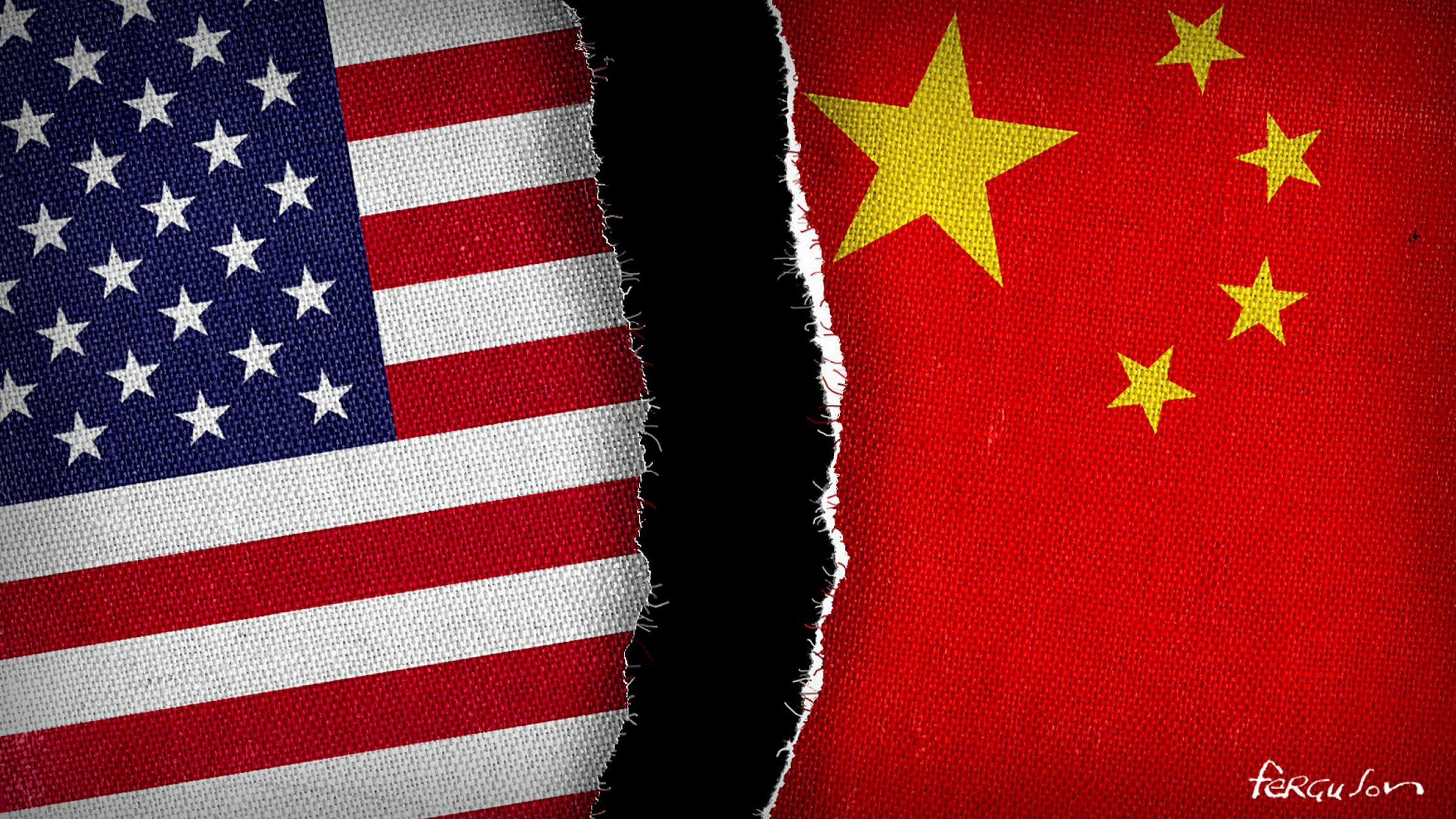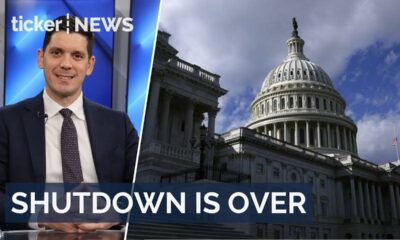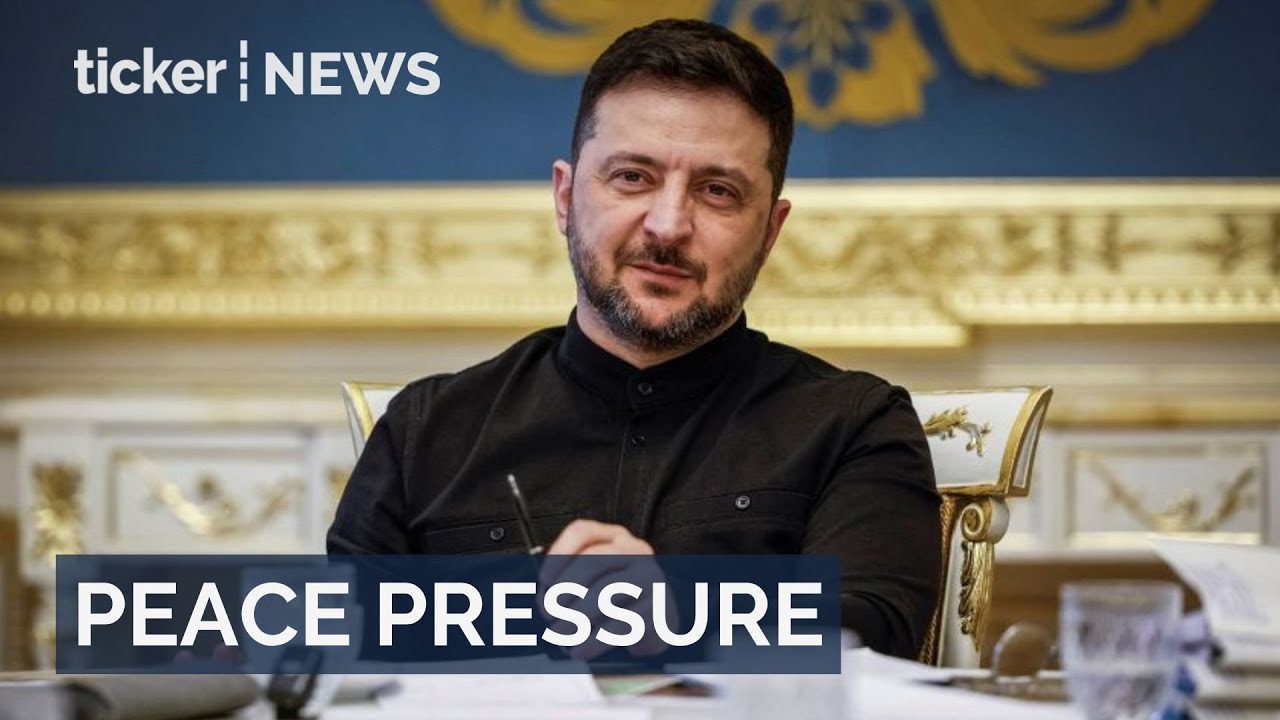Concerns inevitably mounted as the massive sphere slowly and very visibly sailed from Montana to its destruction by a Sidewinder missile off the South Carolina coast.
It didn’t help that a jittery media quickly reported on three additional sightings (and downings) over Alaska, Yukon and Lake Huron — with both the Canadian and American governments choosing science-fiction-tinged language to label these flying objects “unidentified aerial phenomena.”
But the Chinese origin of the first flying object — defended as a meteorological balloon by China, an explanation that was met with skepticism by U.S. officials — was especially concerning due to the long history of serious tensions between the United States and China.
The U.S. has routinely and historically described Chinese behaviour as aggressive.
In more recent years, Americans have pointed to China’s threatening gestures toward Taiwan, expansionist moves in the South China Sea and efforts to dominate important economic sectors (such as advanced semi-conductors).
Long-time challenge
Last year, U.S. Secretary of State Antony Blinken pledged to “remain focused on the most serious long-term challenge to the international order — and that’s posed by the People’s Republic of China.”
But even understandable concerns warrant careful analysis. Cooler heads can help determine whether every alarm is fully justified or whether dealing with perceived aggressions might benefit from looking at the bigger picture.
President Joe Biden ultimately said the three flying objects shot down over North America — after the initial Chinese surveillance balloon was downed — don’t appear to be part of China’s spy balloon operation and were instead linked to private companies.
Determining the appropriate level of anxiety about China’s supposed weather balloon itself will have to wait until an autopsy on whatever remains of the recently decimated flying object can be gathered — but consideration of the broader context is possible now.
Amid the balloon brouhaha, Gen. Glen VanHerck, the head of NORAD (North American Aerospace Defense Command), was asked why earlier balloon sightings had not prompted such concern.
He replied the most recent incidents had brought about a recognition of a “domain awareness gap” — which means NORAD needs to improve its monitoring capabilities for objects like balloons — adding NORAD didn’t have the right mix of sensor capabilities.
Awareness gap
As a historian, I suggest the “domain” with a real “awareness gap” is greater than the one VanHerck acknowledges — because the balloon saga must be assessed within the context of decades of stormy U.S.-China relations.
On the espionage and surveillance front alone, there has always been mutual suspicions and activity. For many years, Americans had the advantage of economic, military and technological superiority by way of the well-funded Central Intelligence Agency and tools like U-2 spy planes.
In a 1960 incident, in fact, when an American U-2 was downed by the Soviet Union over Soviet air space,, Nikita Khrushchev stormed out of a Paris summit — in a way comparable to Blinken cancelling his trip to Beijing when the Chinese balloon was discovered.
Over the course of the 20th century, China gradually developed its own capacities, and continuous Beijing/Washington espionage efforts read like John le Carré novels.
Perennial competition and conflict between the U.S. and China have also always involved a repertoire of methods and tools that have gone far beyond “spying.” From the 1940s into the 1970s alone, the U.S. refused to recognize the People’s Republic of China and made numerous efforts to severely contain the Chinese regime.
It did so by building and then generously sustaining military alliances with Taiwan, South Korea and a string of leaders in South Vietnam.
For its part, China pushed back against American efforts by developing its own team of countervailing allies, including North Korea.
Mutual espionage
Chinese balloons therefore must be assessed within the context of decades of mutual espionage and an awareness of the many storms in the overall U.S.-China relationship.
The tense history between the two countries belongs in an even broader domain: not just decades, but centuries of extreme conflict between competing empires.
The United States and China each have affinities with many preceding great powers, including Egyptian, Persian, Mongol, Gupta, Mayan, Zulu, British, French, Russian, German, Japanese and other empires. In their varied ways, all had appetites for expansion and power while also worrying about the appetites and power of others.
Historians of international relations who date back to Greece’s Herodotus have studied the complex interplay of perceptions and impulses driving the behaviour of powerful states.
Their observations routinely highlight tragic results. Centuries apart, Greece’s Thucydides and Prussian general Carl von Clausewitz, for example, each considered the risks and errors of judgments that emerged when shrewd calculations became infused with emotions — for example, when concerns about national security and economic opportunity intertwine with fear and greed, respectively.
The history of former great powers is therefore relevant to analyzing U.S. and Chinese behaviour.
Do earlier American actions in Vietnam and elsewhere have present-day counterparts in the intensity with which Beijing’s “aggression” is being met by the United States?
The Biden administration’s early national security proposals promised to “prevail in strategic competition with China or any other nation.” Blinken’s remarks on China have hinted at that intention to “prevail.”
In one major speech on China, Blinken said: “We will shape the strategic environment around Beijing to advance our vision for an open, inclusive international system.” Obvious follow-ups to such a statement of intent include the provision of nuclear submarines to Australia and an intensified defence relationship with the Philippines.
Do previous Chinese actions, like its 1970s support for the Khmer Rouge and its 1979 war with Vietnam, have ongoing resonance in its hard-nosed approaches to Taiwan and the South China Sea?
Xi Jinping may be echoing the American pledge to “prevail” when he vows to “press ahead with indomitable will, continue to push forward the great cause of socialism with Chinese characteristics and strive to achieve the Chinese dream of great rejuvenation of the Chinese nation.”
More information will clearly be required to understand the motivations and implications behind the recent balloon and “aerial phenomena” incidents, but that information should be processed with both telescopic and wide-angle lenses.
Historians offer the longer lens when they contribute to the analysis, meaning the patterns of great power behaviour can be discerned over time — as if by high-level surveillance.





 Shows5 days ago
Shows5 days ago


 News5 days ago
News5 days ago


 News3 days ago
News3 days ago


 News5 days ago
News5 days ago


 Leaders4 days ago
Leaders4 days ago


 News5 days ago
News5 days ago


 News4 days ago
News4 days ago


 News4 days ago
News4 days ago






